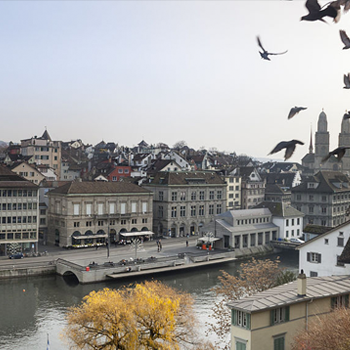FRQ - Gases?
a) Compare the temperature of freshly made coffee made at lower altitudes to coffee made at higher altitudes. Cite the relevant intermolecular forces in the explanation.
b) Under what conditions are gases most "ideal"? Explain why in terms of KMT and intermolecular forces of attraction.
c) How does gaseous pressure relate to the changes in volume? Explain.
a) Compare the temperature of freshly made coffee made at lower altitudes to coffee made at higher altitudes. Cite the relevant intermolecular forces in the explanation.
b) Under what conditions are gases most "ideal"? Explain why in terms of KMT and intermolecular forces of attraction.
c) How does gaseous pressure relate to the changes in volume? Explain.
2 Answers
a)not sure
b) high temperature, low pressure
c) P decreases as V increases
Explanation:
a) Not sure
b) Gasses are ideal at high temperatures and low pressure. At low pressure, there is much more space between particles so the size of the particles relative to the space between them is negligible so they act as point masses (ideal gas rule 1). At high temperatures, they have large kinetic energy so energy lost due to intermolecular forces is relatively negligible, therefore, collisions are effectively elastic (ideal gas rule 2).
c) Pressure is inversely proportional to volume (ie if you increase volume you decrease pressure. Imagine a balloon with 1 gas particle in it, bouncing from side to side. Pressure is the force over area, so for this balloon, it's the force exerted by the particle when it crashes into the side of the ballon divided by the area of the balloon. Because the particle will not be in constant contact with the wall of the balloon you have to average the force as well. If you increase the volume of the gas (ie the space in the balloon), the particle will spend more time travelling in the space of the balloon and less time crashing into the wall. Therefore the average force will decrease. Additionally, the area of the balloon will increase, so if F decreases and A increase and P=F/A then P will decrease. Thus you can see the inverse relation between volume and pressure.
Well, brewing coffee requires water to boil, and higher altitudes have lower atmospheric pressure.
Hence, it is easier for vapor pressure to reach atmospheric pressure (as the water particles overcome the hydrogen-bonding at the surface of the liquid more so at this altitude), and boiling is easier (lower boiling point).
As a result, the freshly-brewed coffee at higher altitude will be colder (i.e. not as worth it).
Gases are most ideal when they are non-interacting, conservative particles, as assumed by Kinetic Molecular Theory. That is, they should have negligible intermolecular forces (whether attractive OR repulsive) and they should collide without sticking.
They interact the least when they move fast and interact very little.
That requires high temperature (for moving fast) and low pressure (to limit the attractive or repulsive interactions by reducing contact frequency).
Well... it depends on what pressure you are talking about...
if the container expands (e.g. a balloon), the gases have more room to move, and collide less frequently with the walls. Thus, the gas pressure inside the container is lower at larger container volume.
if the gas is heated in order to expand, it does work on the surroundings and the volume of the container increases (if possible). When the atmospheric pressure outside the container is nonzero---as it typically is, the increase in volume will be resisted.


